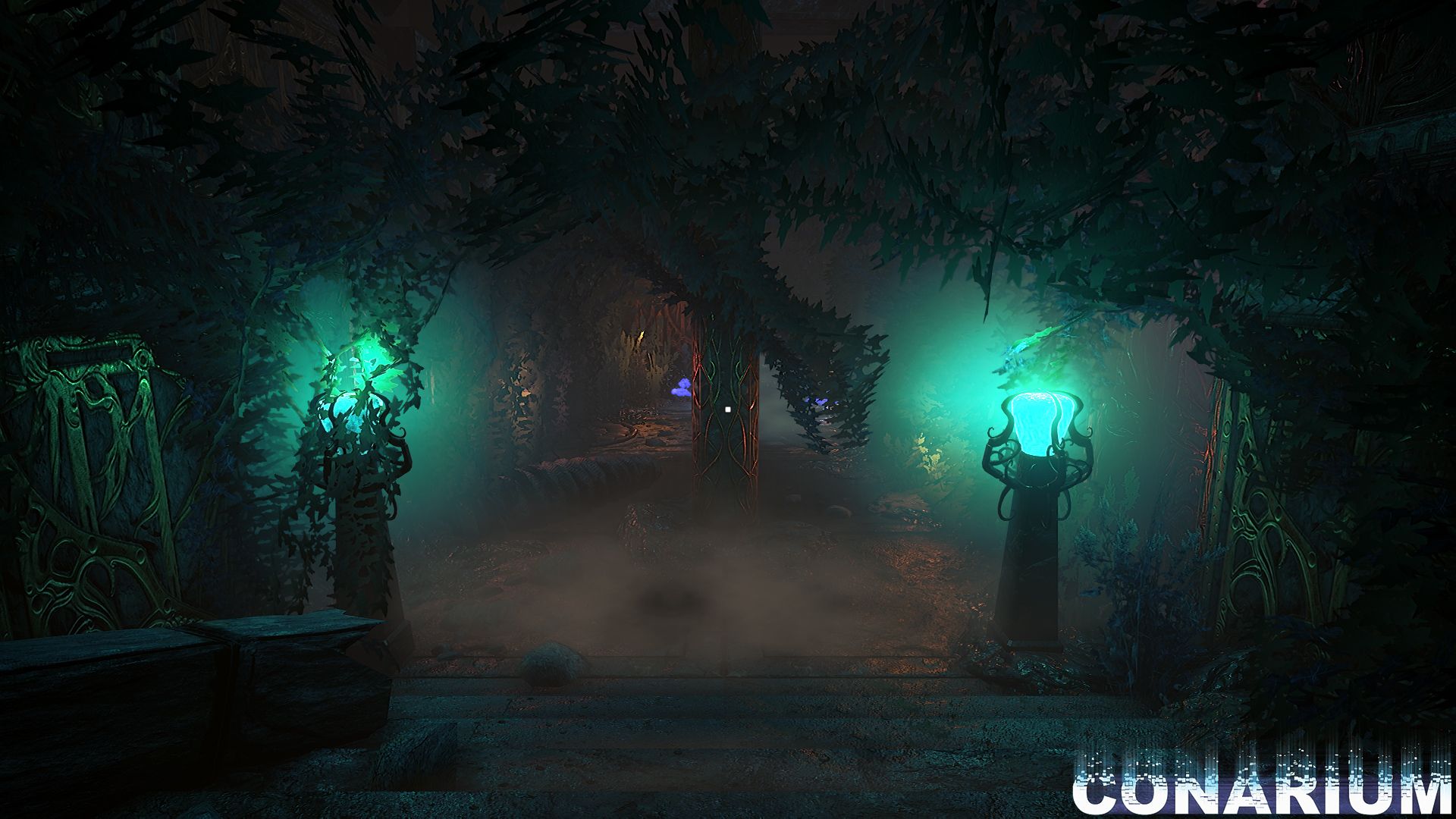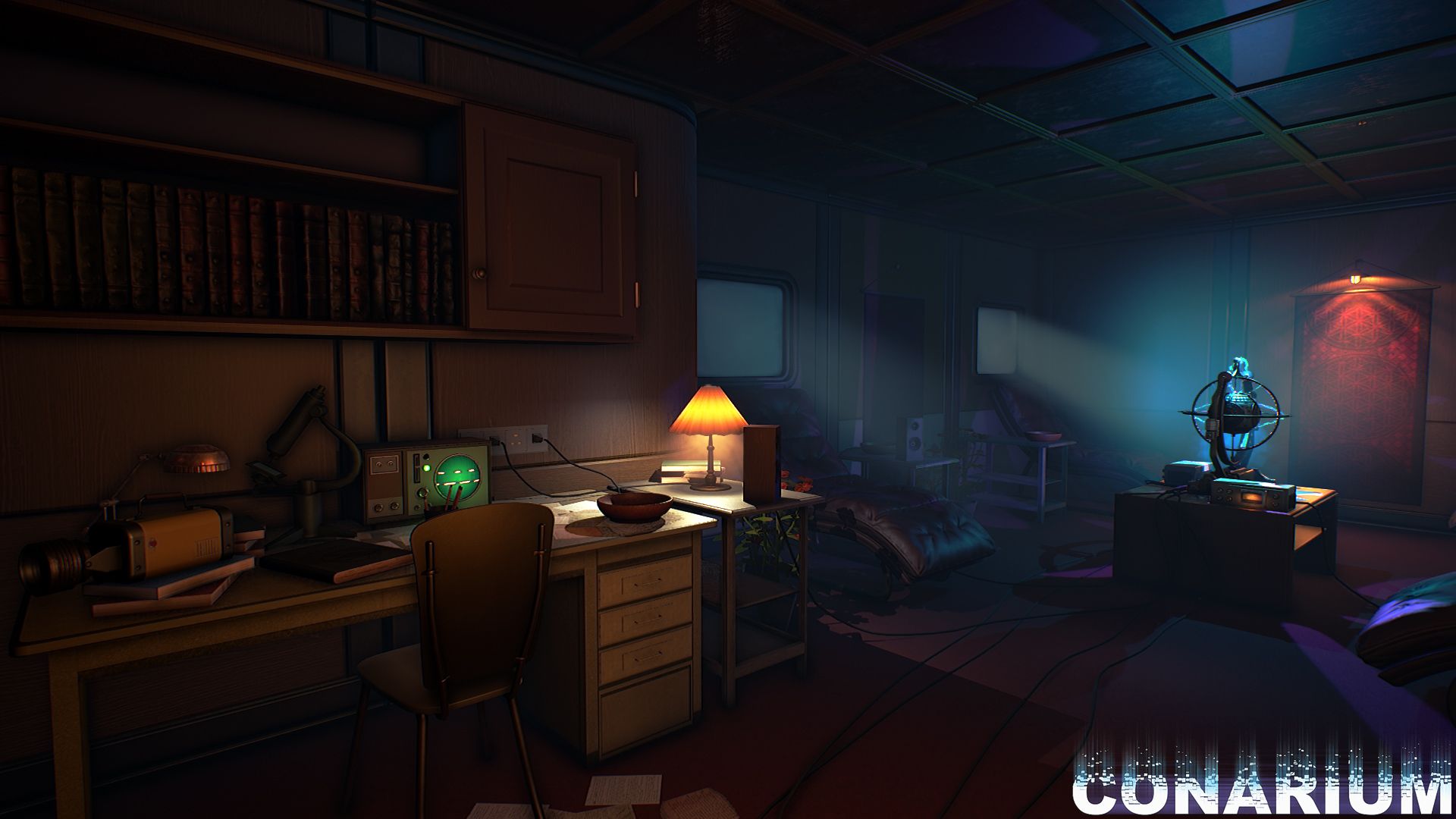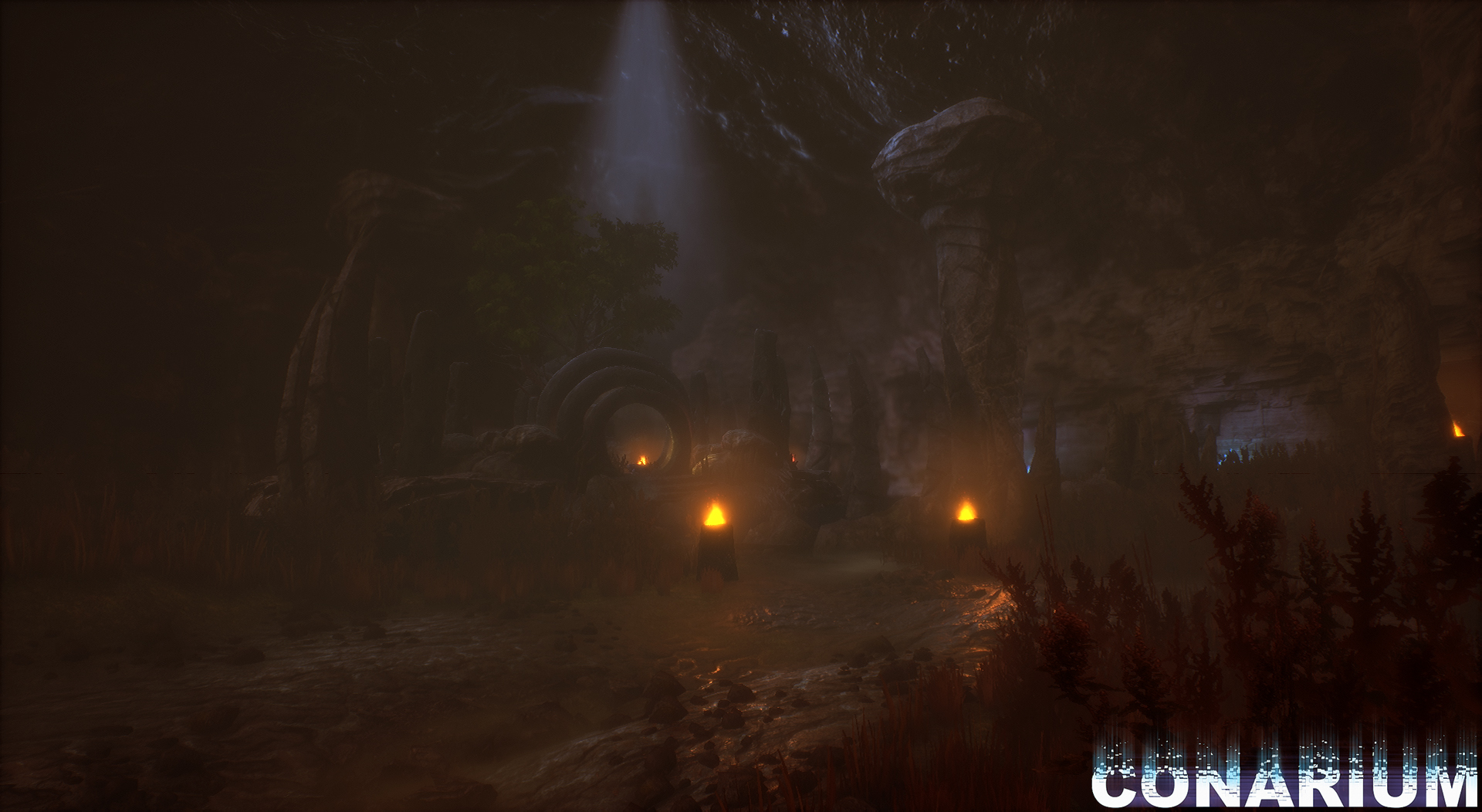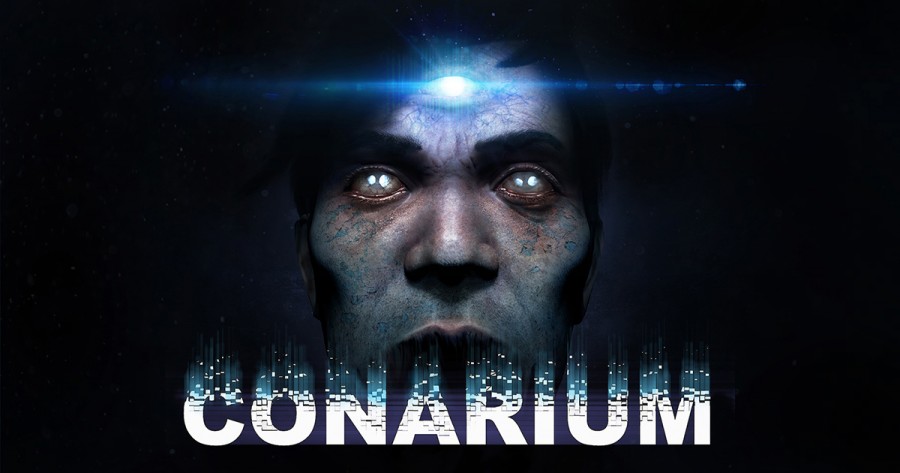Developer: Zoetrope Interactive
Publisher: Iceberg Interactive
Release date: 6 June 2017
Platforms: PC (Steam) / XboxOne / PS4
Conarium is a first person puzzle horror adventure game created by Zoetrope and Iceberg Interactive. Zoetrope previously known for their Darkness Within series have returned to the same genre with a much more ambitious title in Conarium. Conarium builds its background upon a framework of elements straight from the stories of H.P. Lovecraft. Incorporating much of his lore from use of settings to stories of the origins of our planet, Conarium becomes the perfect game for even the most dedicated of Lovecraft readers.
The game takes the perspective of Frank Gilman, one of a crew of scientists working to uncover some ancient hidden knowledge. The team has gone to Antarctica to follow in the footsteps of the ill-fated expedition that featured in the H.P. Lovecraft novella, At The Mountains Of Madness. Gilman and crew are searching for clues to unlock the secrets of an ancient device called the conarium. As the story progresses and the history of the device begins to unfold, Gilman finds himself in an elaborate and maddening set of circumstances.

Quite a few games throughout the years have been marketed as “Lovecraftian”, yet rarely do they go much deeper into the lore than calling some squid creature Cthulhu or imagining some world filled with other varieties of tentacled creatures. Zoetrope have proven that their understanding of Lovecraft’s lore goes much deeper than the usual fare. At every turn in Conarium there are numerous references to Lovecraft’s work. From something as simple as a fleeting mention of the Necronomicon to much more elaborate constructs. The story behind Conarium brilliantly builds itself around the concepts originally mapped out in At The Mountains Of Madness. We find ourselves in an era accurate depiction of an Antarctic scientific base. The developments that took place during Lovecraft’s novella have direct influence on the story of Conarium.
While the game clearly focuses most heavily on its relation to At The Mountains Of Madness, avid Lovecraft readers will find a plethora of references to other Lovecraft stories. Early in the game, we experience elements taken straight from The Whisperer In Darkness. Not just allusions to the story, but actual concepts that were laid out by Lovecraft directly influence Gilman’s adventure to uncover the ancient lost knowledge of the conarium devices. In other instances smaller details like statues of creatures which had been described by Lovecraft are brought to life by the game’s artists. Ancient civilizations from all over the planet are woven into the story, pulling lore from Lovecraft’s many settings all the while.

The game-play is almost entirely puzzle and story driven, a highly interactive walking-simulator. There are quite a few puzzles throughout the game to be solved. While I am utterly terrible at these sorts of things, Conarium manages to find a very nice balance, being challenging while not making the player want to scream in frustration. When the puzzles are completed it makes for a highly rewarding experience and certainly gives a feeling of accomplishment. I did look to walk-throughs on Youtube several times throughout the game. I probably could have figured each of these things out had I given it enough time and thought a little harder, but for me the story is much more important than the puzzle challenges.
As the story unfolds, Gilman crosses quite an impressive number of settings. Don’t expect to be constantly wandering around the same location throughout the entire game. Each new “chapter” of the game leads the player into a wholly different place, some indoors, where display cases are filled with replicas of weird creatures and libraries offer ample opportunity to read further into the story. Phonograph machines, strewn letters and journals, visions and other mechanics deliver an in depth back-story to Conarium. While other parts of the narrative take place outdoors, whether in the frigid Antarctic environment or in some lush otherworldly landscape. Many interesting tidbits will only be uncovered by searching deeper into each of the locations.

I completed the game, in about ten hours. It could likely have been done in 6-8 hours, maybe even less by more experienced puzzle gamers. But, as a fan of games like The Elder Scrolls series, I prefer to take my time, fully absorbing the locations and reading all the provided back-story at my leisure. Then there is the aforementioned fact that I am really slow at figuring out most puzzles, though they never truly drove me insane as has been the case with many of my other experiences in games with similar mechanics. There are several endings, only one of which I’ve seen so far. Uncovering roughly 75% of the content by my first completion, there are still many more secret items to uncover, and about 1/3 of the story left to read as I only found about 2/3 of the journal entries and other story elements. So there is still quite a lot of reason for me to go back through the game again in the future and dig deeper into these mysteries.
While the game was released in June of 2017, the graphics have enough flexibility to run on relatively low-end machines, where many current game developers are opting to push the limits of gaming technology, usually alienating those of us without a high-end PC. Yet, their use of the Unreal Engine 4 will still allow avid gamers to really push the graphics for a beautiful and immersive experience in this world that truly comes alive throughout the story. The ambient sounds are relatively well prepared, though on this front I did notice a few areas that could have been improved, such as the transitions from walking on dry stone or wood floors then across puddles or other forms of debris. But this was only a minor gripe and ultimately the sounds were quite immersive. I played 50/50 between using the mouse and keyboard or an Xbox 360 controller. Both forms of input were totally viable options, though I ended up preferring the Xbox 360 controller as it generally seemed to be a little more immersive for my slower play style.
Conarium doesn’t rely so heavily on the Lovecraft lore that players unfamiliar with his work would feel lost. The developers did a good job of building relevant Lovecraft references into the story in a way that felt natural. However, as a huge fan of H.P. Lovecraft and having read just about every story he’s written or revised at this point, I found the more subtle references to his works really added to my enjoyment of and immersion in the game. With this in mind, I would highly recommend Conarium to any gamers that enjoy reasonably complicated puzzle games and have a true passion for the works of H.P. Lovecraft. There are enough adventure elements and varied locations to hold the interest of those of us whom grow bored reasonably quickly without constantly stimulating content. It really seems that Zoetrope took all their experience with their previous games and built upon it, bringing their work closer to perfection. Instead of diving into some unknown game style, a habit of many companies, which often leaves their inexperience obvious for all to see, and can ultimately destroy the immersion and render the game-play lacking in depth, cohesion and/or playability. I hope to see more similarly styled games from Zoetrope in the future. They are certainly on the right track.
Written by: Michael Barnett


Leave a Reply